by Ann Parker, Pima Community College, Tucson, Arizona
” . . . the story also spoke to her because it contained the themes of finding your voice, of imagination and determination, of social justice and what we can do to spread literacy . . .“

by Ann Parker, Pima Community College, Tucson, Arizona
” . . . the story also spoke to her because it contained the themes of finding your voice, of imagination and determination, of social justice and what we can do to spread literacy . . .“

by Ann Parker, Pima Community College, Tucson, Arizona
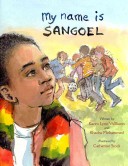
.
.
Books can be very powerful, and be careful what you give your children to read!
Karen Lynn Williams
.
I attended a presentation at the 2012 Tucson Festival of Books entitled “Picture Books as Global Passports” with authors Karen Lynn Williams and Monica Brown in March. Karen Lynn Williams has published 14 children’s books, many of them about children in other countries, including Africa, Haiti, and Pakistan.
Continue reading

By Judi Moreillon, Texas Woman’s University, Texas Ambassador for USBBY
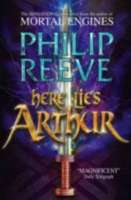
“Cei laughed off the slanders. ‘They’re only stories,’ he would say. ‘What do stories matter?’ But he wasn’t stupid. He knew as well as Myrddin that in the end stories are all that matter” (Reeve 204).
British author Philip Reeve uses the well-known legends of King Arthur and the Knights of the Roundtable as a springboard for his novel Here Lies Arthur. Reeve offers explanations for the unexplained in the original tales, which may be part history and greater part folklore, and have been embellished by retellers since the late 5th and early 6th century when King Arthur supposedly performed heroic and even magical deeds. Along with his knights, Arthur has been credited with defending Britain from invading Saxons. He has embodied the virtues of loyalty, honor and chivalry. In his author’s note, Reeve provides historical and literary documentation for the novel.
Continue reading

By Judi Moreillon, Texas Woman’s University, Texas Ambassador for USBBY
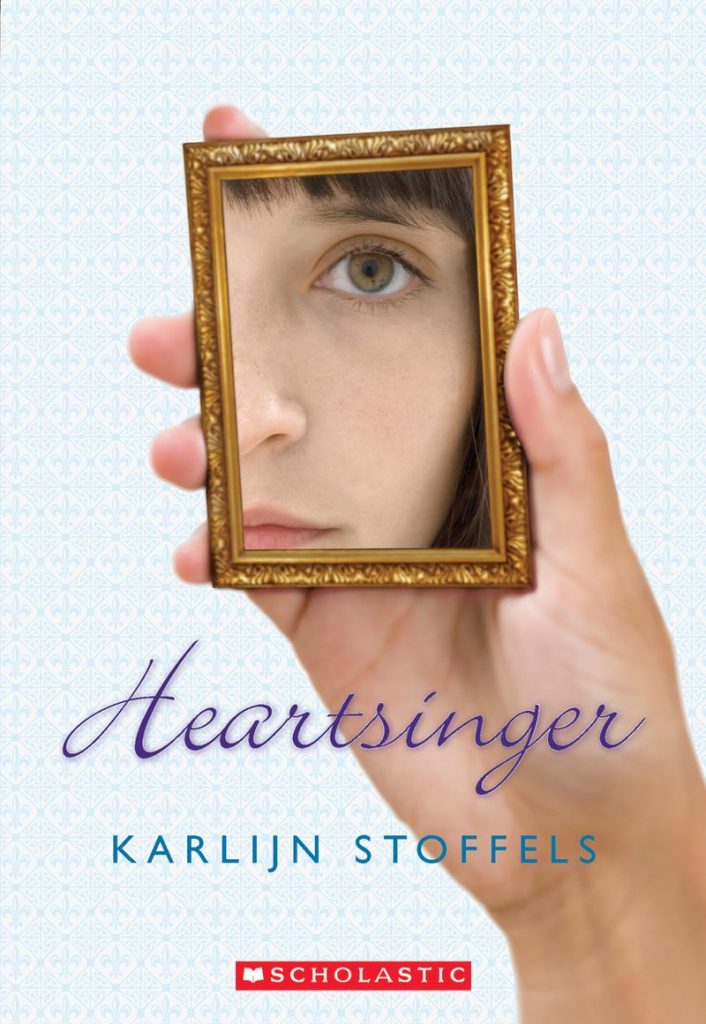 Karlijn Stoffels tells the story of two characters, Mee and Mitou, both born into difficult circumstances in relationship to their special storytelling gifts. As each one travels on a hero’s journey, readers grow more and more certain that their meeting is inevitable. Yet, Mee and Mitou are so different that one wonders if a fairy-tale ending is possible for the “singer of sorrows” and the girl with a sunny outlook on life. Continue reading
Karlijn Stoffels tells the story of two characters, Mee and Mitou, both born into difficult circumstances in relationship to their special storytelling gifts. As each one travels on a hero’s journey, readers grow more and more certain that their meeting is inevitable. Yet, Mee and Mitou are so different that one wonders if a fairy-tale ending is possible for the “singer of sorrows” and the girl with a sunny outlook on life. Continue reading

By Judi Moreillon, Texas Woman’s University, Texas Ambassador for USBBY
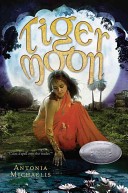 In the theory of “suspension of disbelief” as suggested by British poet and philosopher Samuel Taylor Coleridge, it is the storyteller or author who must spin such a compelling tale that the listener/reader will accept a fantasy as a plausible reality. In Tiger Moon, author Antonia Michaelis takes readers on a magical journey of love, deception, courage, fear, and sacrifice in India. Framed like the story of Scheherazade who told her tales for 1,001 nights in order to escape death, Safia tells her tale to Lalit, a servant who is supposed to be guarding her while she awaits her marriage night. On that night, her wealthy husband will learn she is not a virgin and will have the right to kill her.
In the theory of “suspension of disbelief” as suggested by British poet and philosopher Samuel Taylor Coleridge, it is the storyteller or author who must spin such a compelling tale that the listener/reader will accept a fantasy as a plausible reality. In Tiger Moon, author Antonia Michaelis takes readers on a magical journey of love, deception, courage, fear, and sacrifice in India. Framed like the story of Scheherazade who told her tales for 1,001 nights in order to escape death, Safia tells her tale to Lalit, a servant who is supposed to be guarding her while she awaits her marriage night. On that night, her wealthy husband will learn she is not a virgin and will have the right to kill her.
Continue reading

By Judi Moreillon, Texas Woman’s University, Texas Ambassador for USBBY
Storytelling is fundamental to the human search for meaning. (Bateson 34).
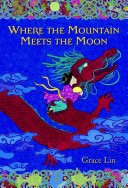 Folklore, fables, myths, and legends, stories that originated in the oral tradition are the indigenous literature in every society. Since people were first able to use language for communication, oral storytelling is the way we have passed on our culture and history, beliefs and values. Traditional literature themes reoccur across cultures. These stories explain the relationships between human beings and the animal, plant, and astrological or seasonal worlds. Although the stories may include different symbols and representations, these “folk” ideas center on elemental figures—mother, father, God, trickster, hero, old man, crone, witch, or devil, and on elementary concepts—creation, destruction, birth, death, initiation or coming of age, separation from parents or community, marriage, or the union of opposites. Continue reading
Folklore, fables, myths, and legends, stories that originated in the oral tradition are the indigenous literature in every society. Since people were first able to use language for communication, oral storytelling is the way we have passed on our culture and history, beliefs and values. Traditional literature themes reoccur across cultures. These stories explain the relationships between human beings and the animal, plant, and astrological or seasonal worlds. Although the stories may include different symbols and representations, these “folk” ideas center on elemental figures—mother, father, God, trickster, hero, old man, crone, witch, or devil, and on elementary concepts—creation, destruction, birth, death, initiation or coming of age, separation from parents or community, marriage, or the union of opposites. Continue reading

by Barbara C. Thompson Book, Indiana University Southeast
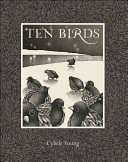 While those of us living in the United States eagerly await a Monday in January for the announcement of the various American Library Association Awards, book lovers all over the world have their own days of wondering “who will win?” This week I will explore a variety of awards given in countries where English is the dominate language. Each country has its equivalent of a children’s writing award and an illustration award. However in most countries the award is given to books which have been pre-generated on a “short list” much like the National Book Awards in this country.
While those of us living in the United States eagerly await a Monday in January for the announcement of the various American Library Association Awards, book lovers all over the world have their own days of wondering “who will win?” This week I will explore a variety of awards given in countries where English is the dominate language. Each country has its equivalent of a children’s writing award and an illustration award. However in most countries the award is given to books which have been pre-generated on a “short list” much like the National Book Awards in this country.
Continue reading

by Barbara C. Thompson Book, Indiana University Southeast
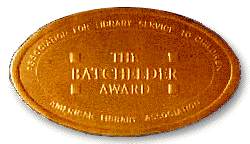 Last week we explored some of the countries represented in recently awarded Batchelder Awards by the American Library Association. Mildred Batchelder, for whom the award is named was a remarkable and adventurous woman. Born in 1901, she was raised on the Massachusetts coast in the family of a well off businessman. Sent to Mount Holyoke for college, she decided to become a librarian “because she liked seeing college catalogs addressed to “Mildred Batchelder, Librarian’ when she was helping in the high school library.” (Bader p. 16). Continue reading
Last week we explored some of the countries represented in recently awarded Batchelder Awards by the American Library Association. Mildred Batchelder, for whom the award is named was a remarkable and adventurous woman. Born in 1901, she was raised on the Massachusetts coast in the family of a well off businessman. Sent to Mount Holyoke for college, she decided to become a librarian “because she liked seeing college catalogs addressed to “Mildred Batchelder, Librarian’ when she was helping in the high school library.” (Bader p. 16). Continue reading

by Barbara C. Thompson Book, Indiana University Southeast
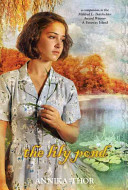 Recently the American Library Association gave out its awards for books for Youth and Young Adults at its Mid-Winter Convention in Dallas, TX. In the age of Twitter and other social networks, those of us not able to be in Dallas were able to participate in the announcements in real time. These awards are considered the Oscars of Children’s Literature in the United States, with the Caldecott winner (this year Chris Rascha) and the Newbery winner (this year Jack Gantos) appearing on the Today show the next day. There are so many children’s literature geeks in this country that the event “trended” on Twitter.
Recently the American Library Association gave out its awards for books for Youth and Young Adults at its Mid-Winter Convention in Dallas, TX. In the age of Twitter and other social networks, those of us not able to be in Dallas were able to participate in the announcements in real time. These awards are considered the Oscars of Children’s Literature in the United States, with the Caldecott winner (this year Chris Rascha) and the Newbery winner (this year Jack Gantos) appearing on the Today show the next day. There are so many children’s literature geeks in this country that the event “trended” on Twitter.
Continue reading

by Yuri Wellington, Ph.D.; Executive Director, Teach Cambodia, Inc.; Professor and Director, Cambodia International Pedagogical Institute
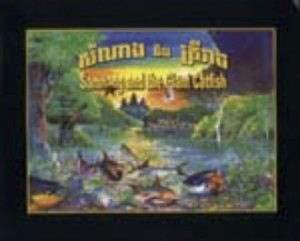 I recently read an article that described Cambodia’s literary traditions as “rising from the ashes.” In a country where nearly every author, teacher and intellectual was killed or driven out, literary traditions and genres are literally being recreated. Thus, the landscape of resources for children’ literature is very different from what we’ve come to expect in the USA, or in many other westernized countries. There are no “children’s” book authors or illustrators. Continue reading
I recently read an article that described Cambodia’s literary traditions as “rising from the ashes.” In a country where nearly every author, teacher and intellectual was killed or driven out, literary traditions and genres are literally being recreated. Thus, the landscape of resources for children’ literature is very different from what we’ve come to expect in the USA, or in many other westernized countries. There are no “children’s” book authors or illustrators. Continue reading